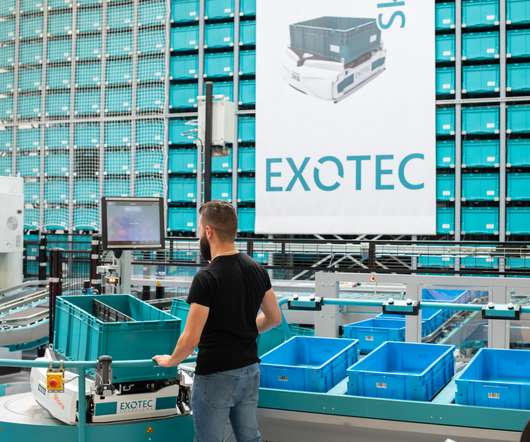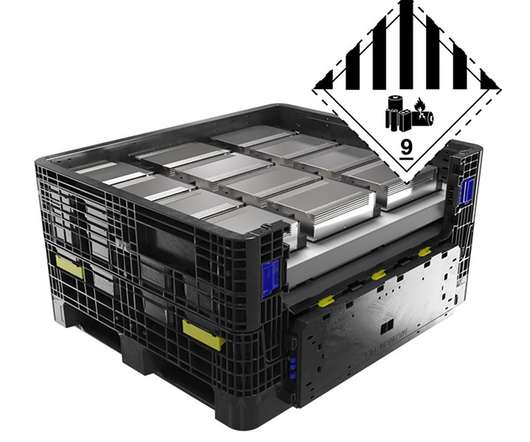Bringing Order to Chaos: Last-Mile Delivery Costs and How to Reduce Them
Locus
JUNE 16, 2023
Read also: How to Calculate the Cost of Transport 2. Labor costs : The logistics industry is currently facing a significant shortage of qualified drivers in the US, causing a surge in truck driver wages, which constitute 33% of a delivery truck’s operational costs.














Let's personalize your content